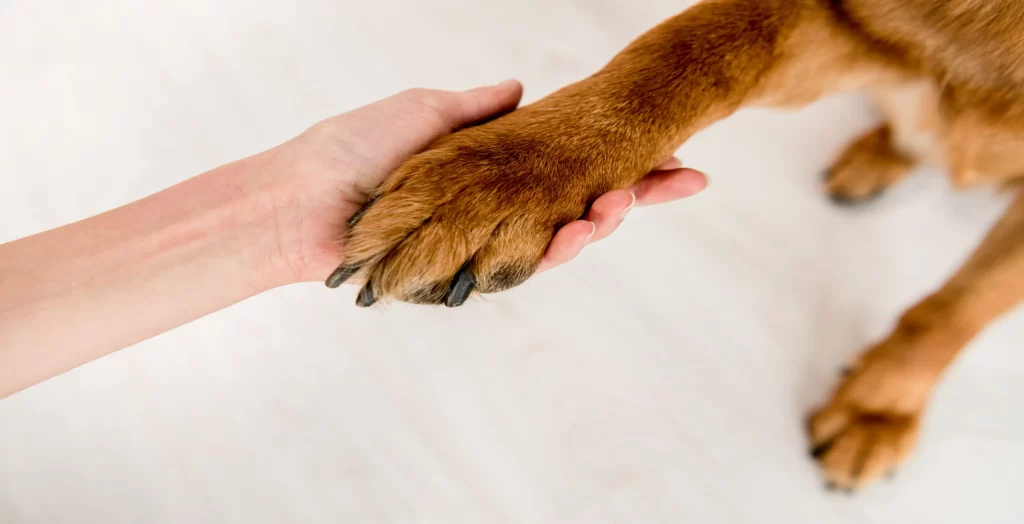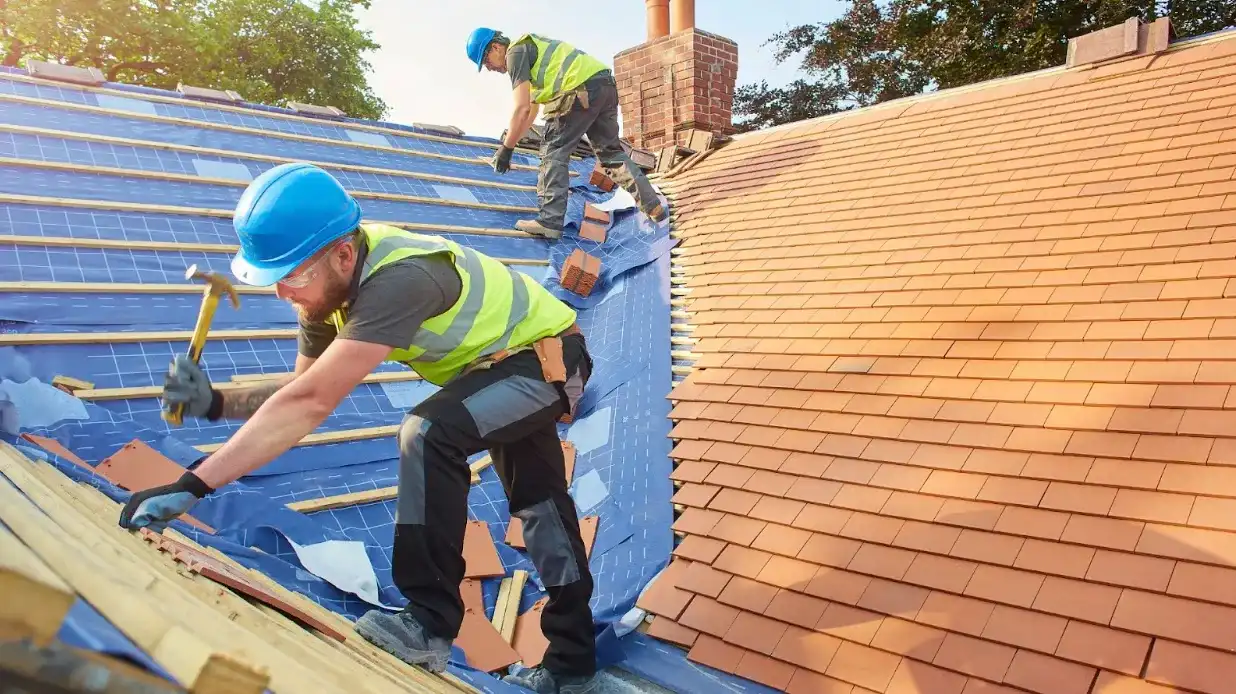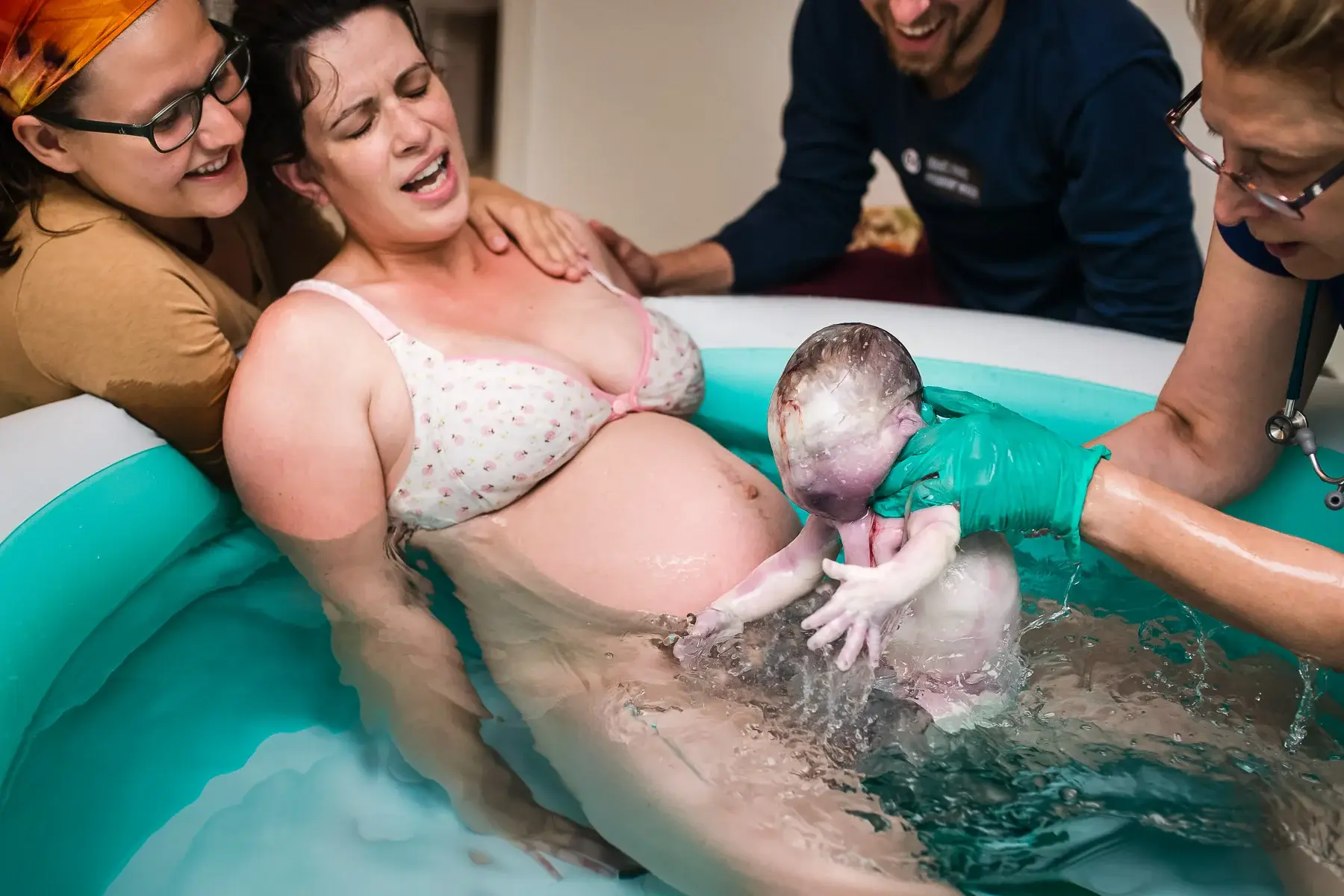As business owners navigate the demands of entrepreneurship, they often overlook their pets’ well-being, compromising their quality of life. This neglect can negatively impact their own mental health and professional performance. By prioritizing pet quality of life assessments, business owners can create a more harmonious environment, benefiting both their pets and their professional pursuits. Pet quality of life assessments help identify areas for improvement, enabling business owners to make informed decisions about their pets’ care. By doing so, they can ensure their pets lead happy, healthy lives, ultimately improving their own well-being and business success.
Key Takeaways
- Business owners who are pet owners must prioritize their own quality of life to ensure their pets’ well-being, as stress and anxiety can negatively impact pets.
- Implementing pet quality of life assessments helps business owners identify areas for improvement, enhancing their pets’ overall health and happiness.
- Regular assessments enable business owners to make informed decisions about their pets’ care, ensuring they receive the best possible attention and support.
- By integrating pet quality of life assessments into their daily routine, business owners can better balance their professional and personal responsibilities.
- Standardized assessment protocols help minimize bias and ensure accurate, reliable results, allowing business owners to provide optimal care for their pets.
Pet Owners’ Quality of Life Concerns
As business owners who are also pet owners navigate the complexities of balancing their professional and personal lives, they often overlook the profound impact their own quality of life has on their pets’ well-being, underscoring the importance of Explaining pet quality of life assessments. Factors such as stress, anxiety, and fatigue can trickle down to their pets, influencing behavior, appetite, and overall health.
What Is Pet Quality of Life Assessment
A pet quality of life assessment is a systematic evaluation of an animal’s overall well-being, encompassing physical, emotional, and psychological factors that influence its quality of life. Explaining pet quality of life assessments involves understanding the interplay between these factors, which impact an animal’s ability to experience comfort, happiness, and fulfillment.
Accurately Measuring Pet Well-being
Measuring pet well-being accurately requires a multidimensional approach that incorporates various parameters, including behavioral observations, clinical evaluations, and owner-reported information. To explain pet quality of life evaluations effectively, consider the following key aspects:
- Physical health: gauging pain, mobility, and overall physical condition.
- Emotional well-being: assessing anxiety, fear, and stress levels.
- Social interaction: observing relationships with owners and other animals.
- Environmental factors: taking into account living conditions, nutrition, and enrichment activities.
Common Challenges in Pet Assessment
Several obstacles often hinder the accuracy and reliability of pet quality of life assessments, including inherent biases, incomplete data, and the complexity of evaluating emotional and social aspects. Additionally, the subjective nature of quality of life evaluations can lead to inconsistent results, making it essential to develop standardized Explaining pet quality of life assessments that minimize these challenges.
Implementing Quality of Life Assessments
To guarantee accurate and reliable pet quality of life assessments, business owners must develop and implement standardized protocols that account for the complexities of evaluating emotional and social aspects. This includes:
- Defining clear assessment criteria and scoring systems.
- Establishing a regular assessment schedule.
- Training staff on assessment protocols and recording systems.
- Regularly reviewing and refining assessment processes.
Frequently Asked Questions
How Often Should Pet Quality of Life Assessments Be Conducted for Optimal Results?
To achieve best results, pet quality of life assessments should be conducted regularly, ideally every 2-3 months, or as needed based on the pet’s condition, age, and health status, to monitor changes and adjust care accordingly.
Can Pet Quality of Life Assessments Be Used for Animals With Chronic Illnesses?
Yes, pet quality of life assessments can be used for animals with chronic illnesses, providing valuable insights into their comfort, pain, and overall well-being, enabling informed decisions about their care and treatment.
Are Pet Quality of Life Assessments Limited to Only Dogs and Cats?
No, pet quality of life assessments are not limited to dogs and cats. These evaluations can be applied to various species, including horses, birds, reptiles, and small mammals, to improve their welfare and inform treatment decisions.
Can Pet Quality of Life Assessments Be Used to Determine End-Of-Life Care?
Pet quality of life assessments can indeed be used to determine end-of-life care by evaluating an animal’s physical and emotional well-being, enabling veterinarians and owners to make informed decisions about palliative care, euthanasia, or hospice options.
Explaining Pet Quality of Life Assessments to Clients: What’s the Best Approach?
When explaining pet quality of life assessments to clients, a empathetic and transparent approach is best, using clear, concise language to convey the assessment’s purpose, methodology, and benefits in evaluating their pet’s overall well-being.
Conclusion
Implementing pet quality of life assessments in business operations is necessary for the best pet well-being. Standardized protocols and regular evaluations of physical and emotional well-being can reduce negative impacts of owners’ professional responsibilities on pets. By training staff on assessment techniques, business owners can guarantee a balanced environment for their pets. Integrating pet quality of life assessments into business operations is vital for promoting a harmonious and healthy environment for pets, ultimately contributing to their overall well-being.
You May Also Love to Read: Converting Camper Van Spaces Into Digital Nomad Work Setups






